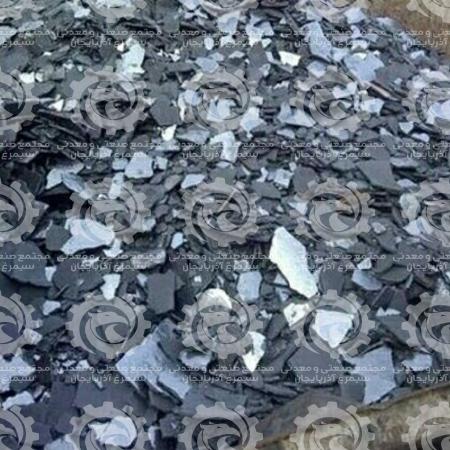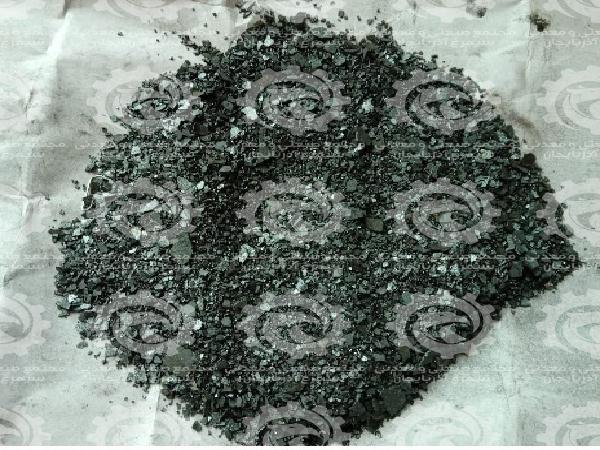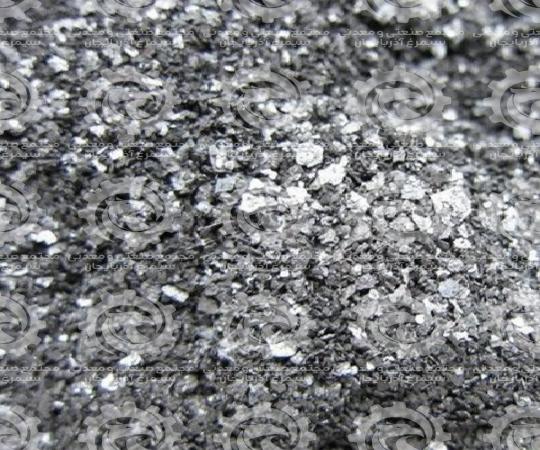Iron mill scale Wholesale price

Mill scale, usually abbreviated to scale only, mixed iron oxides, iron (II) oxide (FeO), iron (III) oxide (Fe 2O 3) and iron (II, III) oxide (Fe 3O 4, magnetite). While it is produced by rolling red hot iron or steel billets in rolling mills, mill rulers are formed on the outer surfaces of plates, plates or profiles. The mill scale is bluish black in color. It is generally no thicker than 0.1 mm (0.0039 inch) and initially sticks to the steel surface and protects it from atmospheric corrosion provided there is no break in this coating. For more information on iron mill scale visit our site.

What is mill scale used for?
 Because it is electrochemically cathodic to steel, any break in the mill-scale coating will cause the steel exposed during fracture to corrode more rapidly. So the mill scale is a boon for a while until the coating breaks due to the processing of the steel product or any other mechanical reason. Mill scale becomes a nuisance when steel is to be processed. Any paint applied on it will be wasted as it will come out of lime as moisture-laden air enters under it. Thus, mill scale can be removed from steel surfaces by flame cleaning, pickling or abrasive blasting, all of which are laborious processes that consume energy.
Because it is electrochemically cathodic to steel, any break in the mill-scale coating will cause the steel exposed during fracture to corrode more rapidly. So the mill scale is a boon for a while until the coating breaks due to the processing of the steel product or any other mechanical reason. Mill scale becomes a nuisance when steel is to be processed. Any paint applied on it will be wasted as it will come out of lime as moisture-laden air enters under it. Thus, mill scale can be removed from steel surfaces by flame cleaning, pickling or abrasive blasting, all of which are laborious processes that consume energy.
Shipbuilders and steel fasteners were therefore leaving the steel and rebar freshly rolled from the factories, leaving it exposed to allow for ‘weathering’ until most of the scale fell due to atmospheric movement. Today, most steel mills are able to supply their products covered with shop primers and steel lined, where welding or painting can be done safely. Mill scale produced in rolling mills will be collected and sent to a sinter plant for recycling. The mill scale is sought after by distinguished abstract expressionist artists, as its effect on steel is unpredictable and can cause seemingly random abstract organic visual effects.
Most of the mill scale is structurally smaller, although it is lifted during manufacture as it passes through the scale breaker rollers. insignificant residue can be seen. Utilizing this treatment process through the metallurgical use of phosphoric acid or by accelerating the corrosive effects in combination with selenium dioxide can create a high-contrast visual substrate on which other compositional elements can be added. Mill scale can be used as raw material in granular refractory. When this refractory is poured and preheated, these scales provide escape routes for the evaporating water vapor, thus preventing cracks and resulting in a strong, monolithic structure. For more information on mill scale composition, visit our site.
Wholesale price of iron mill scale
 Wholesale price of iron mill scale is associated with many fluctuations and is offered to the market at a good price in our collection. Therefore, you can refer to our site for more information about mill scale specification.
Wholesale price of iron mill scale is associated with many fluctuations and is offered to the market at a good price in our collection. Therefore, you can refer to our site for more information about mill scale specification.
You can contact us to buy and sell this product:
Sales consultant: Ms. Leila Nematzadeh
Ways of communication: Phone number: 02147623014
Phone number: 02147623014
 Phone number: 04133660491
Phone number: 04133660491
 Phone number: 09120169267
Phone number: 09120169267
 WhatsApp Response (Skype): click
WhatsApp Response (Skype): click
 Instagram: simurgh_steel_company@
Instagram: simurgh_steel_company@
 email: info@simurghsteelco.com
email: info@simurghsteelco.com
 email: ironore110@gmail.com
email: ironore110@gmail.com
 Facebook: ironore110@
Facebook: ironore110@
 LinkedIn: simurgh-iron-and-steel-company-a68295180@
LinkedIn: simurgh-iron-and-steel-company-a68295180@
 twitter: CoSimurgh@
twitter: CoSimurgh@

 Call number:
Call number:  Whats app:
Whats app:  Address: Salimi industrial Park, Tabriz, IRI
Address: Salimi industrial Park, Tabriz, IRI Instagram:
Instagram:  email:
email:  Facebook:
Facebook: 









